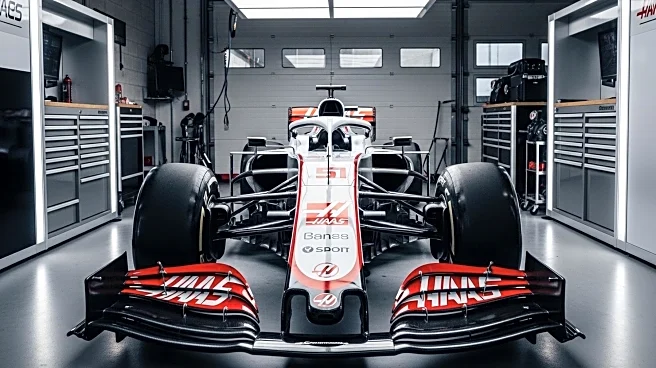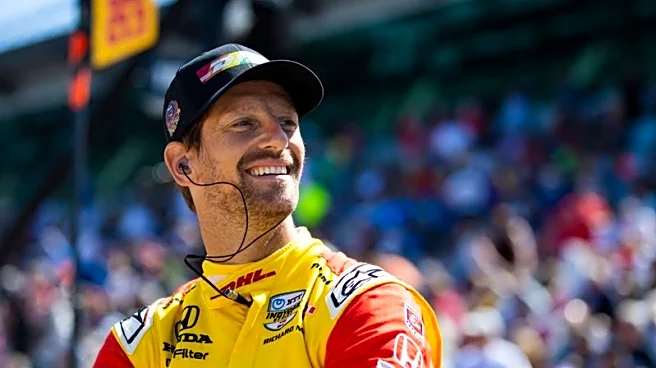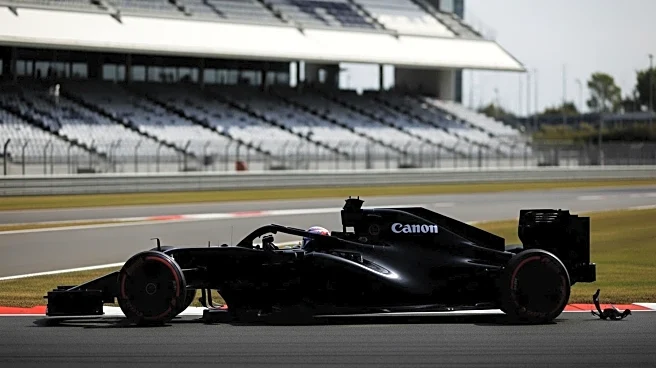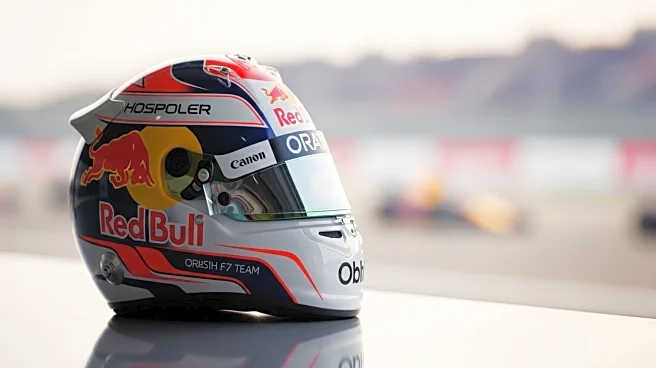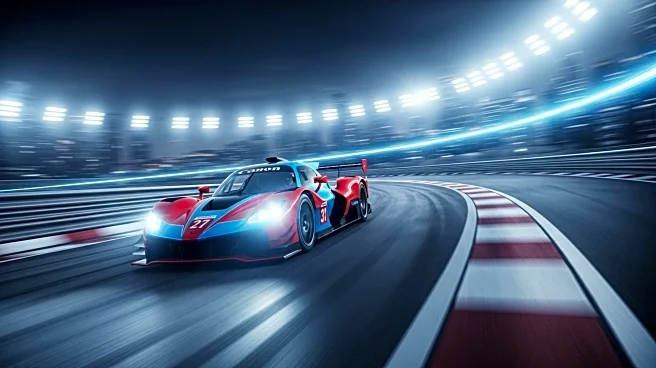What's Happening?
Romain Grosjean, a former Formula 1 driver, is set to make a return to the sport with his previous team, Haas, for a testing day in Italy. This marks nearly five years since his dramatic escape from a crash at the Bahrain Grand Prix. Grosjean's return is described as 'truly something special,' highlighting the significance of his comeback after such a life-threatening incident. The testing day will provide Grosjean an opportunity to drive an F1 car again, rekindling his connection with the sport and his former team.
Why It's Important?
Grosjean's return to Formula 1 is significant for several reasons. It underscores the resilience and determination of athletes who overcome severe challenges to return to their passion. For Haas, having Grosjean back for testing could provide valuable insights and feedback from a seasoned driver, potentially benefiting their car development and performance strategies. This event also serves as an inspirational story for fans and aspiring drivers, showcasing the possibility of recovery and return to high-level competition after serious setbacks.
What's Next?
Following the testing day, it remains to be seen whether Grosjean will pursue further involvement in Formula 1, either in a driving capacity or another role within the sport. The outcome of the testing could influence Haas's decisions regarding their driver lineup and development plans. Additionally, Grosjean's performance and experience during the testing may open doors for future opportunities within the racing community.
Beyond the Headlines
Grosjean's return highlights broader themes of safety and recovery in motorsports. His crash and subsequent escape brought attention to the importance of safety measures in racing, leading to advancements in car design and protective gear. This event may continue to influence discussions on driver safety and the evolution of safety standards in Formula 1.


